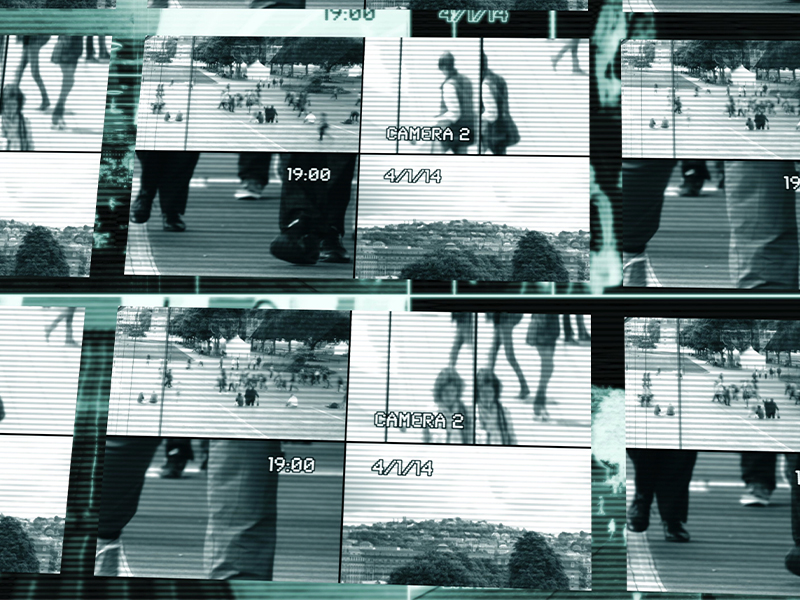Legal procedures and courtrooms have evolved considerably with the advent of technology, shaping the way testimonies are presented. Traditionally, in-person testimony has been the backbone of our judicial system, but video testimony is now increasingly leveraged due to its unique benefits and ease of use in today’s digital era. However, despite the common goal of conveying a truthful account, substantial differences exist between these two methods of testimony, touching on aspects of credibility, emotional resonance, accessibility, and overall impact.
One of the most critical differences between in-person and video testimony lies in the assessment of credibility. In an in-person setting, the witness is physically present in the courtroom, where jurors, judges, and attorneys can observe their demeanor, body language, and non-verbal cues. These factors can help evaluators assess the veracity of the witness’s statements and gauge their reliability. This ability to “read” a witness’s demeanor and credibility is significantly reduced in video testimony. The two-dimensional nature of video can obscure subtle details, and technical limitations like camera angles, lighting, and resolution can further detract from a comprehensive evaluation of the witness’s credibility.
Emotional resonance is another area where differences are pronounced. The physical presence of a witness can elicit stronger emotional responses from the court participants, creating an empathetic connection. This can significantly influence the jury’s perception and interpretation of the testimony. Conversely, video testimonies might appear more sterile and can lack the emotional immediacy of a live, in-person narrative. However, this could also be seen as an advantage in certain situations, as it can prevent an overly emotional testimony from unduly influencing a jury’s decision.
Accessibility is another aspect where video testimony outperforms in-person testimony. Witnesses who are unable to attend the court proceedings due to health conditions, geographical constraints, or safety concerns can provide their testimony remotely via video. This can ensure their voice is heard without the necessity of physical presence, allowing the court to consider a broader range of testimonies. On the contrary, the necessity for physical presence in in-person testimony can limit the number of witnesses who can contribute to a case, which may be detrimental in certain situations.
In terms of overall impact, video testimony offers certain advantages such as the ability to replay and scrutinize the given statement repeatedly. This can lead to a better understanding of the testimonial and allow for detailed analysis. Conversely, in-person testimonies happen in real-time and do not have the advantage of repeated viewing. However, they provide a more engaging, immediate experience that can leave a lasting impression on jurors and judges.
The transition between in-person and video testimony also introduces some legal and ethical considerations. Video testimony raises issues about a defendant’s right to confront their accuser in court, a tenet deeply ingrained in many judicial systems. Additionally, the potential for coaching or undue influence is more significant with video testimony. By contrast, in-person testimonies are typically considered more secure and free from potential outside influences.
In summary, while both video and in-person testimonies serve the crucial role of providing a voice to witnesses in legal proceedings, they offer distinctly different experiences to the court. Both forms have their strengths and weaknesses; while in-person testimonies provide a rich, emotionally engaging narrative and an opportunity for detailed credibility assessment, video testimonies offer better accessibility and the possibility of replay for detailed analysis. The choice between these two formats ultimately hinges on the specific case’s requirements, logistical considerations, and the legal and ethical guidelines that govern the judicial system.





